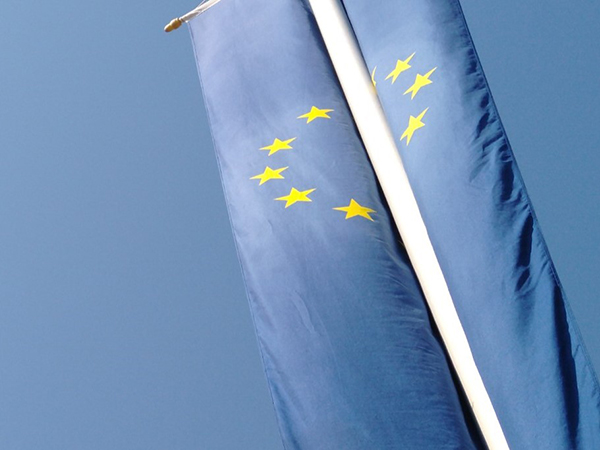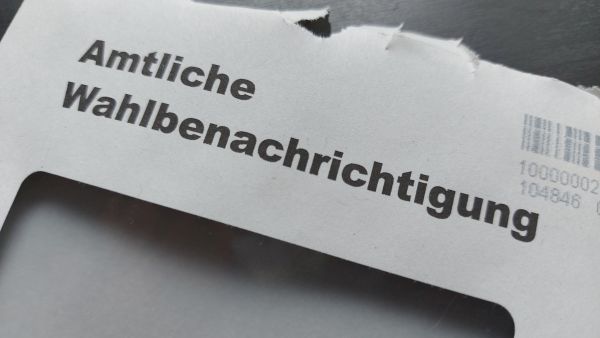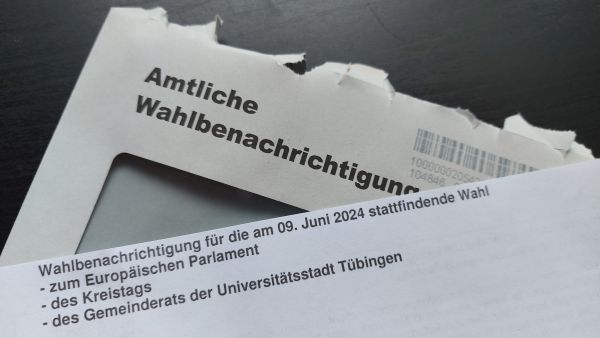Handshake, kiss, bowing—those are ways how people greet each other but varies greatly from culture to culture.
We would start with the politest way of greeting, “Good day”. This is the most important and polite way of greeting in German. You can use it all day long. Although, depending on the time of day, there are for example: Good morning—about 11 o’clock and good evening—about 18 o’clock. In Arabic we say “Selam Alejkum” instead of “Guten Tag”.
There is also a form of greeting, “hello”.You can greet friends, acquaintances and younger people. You can also just smile at them, raise your hand to greet them or nod. Some people hug each other or kiss each other on the cheek, especially younger women.
In addition to these forms of greeting, there are other forms, such as greeting in colloquial language.
These are: Hi, Tach, Hey, Na or Schwäbisch: Hoi. However, many variants are possible in colloquial language. You can say that to people you know very well and meet regularly. These variants could simple mean “hello, Is all right with you?” or “hello, what’s new?” The simplest answer to that is also “Na?”.
In some regions there are very special forms of greeting, such as: Servus!—especially Bavaria and Austria; Grüß Gott!—Southern Germany and Austria; Grüezi!—Switzerland; Moin! Moin!—Northern Germany.
When you want to say goodbye, people use different ways of saying goodbye. The politest way of saying goodbye is goodbye. The young generation says goodbye with “Goodbye” or “Goodbye”. And the Swabians usually say goodbye with “Goodbye” or “Adele”.
Now let’s have a look at the whole thing in Arabic. In Arabic, it is not same as in Germany forms of greeting. People greet each other with “Selam Alejkum” whether on the street or in authorities. And they say goodbye with “iilaa alliqa” or with “Bye”.



